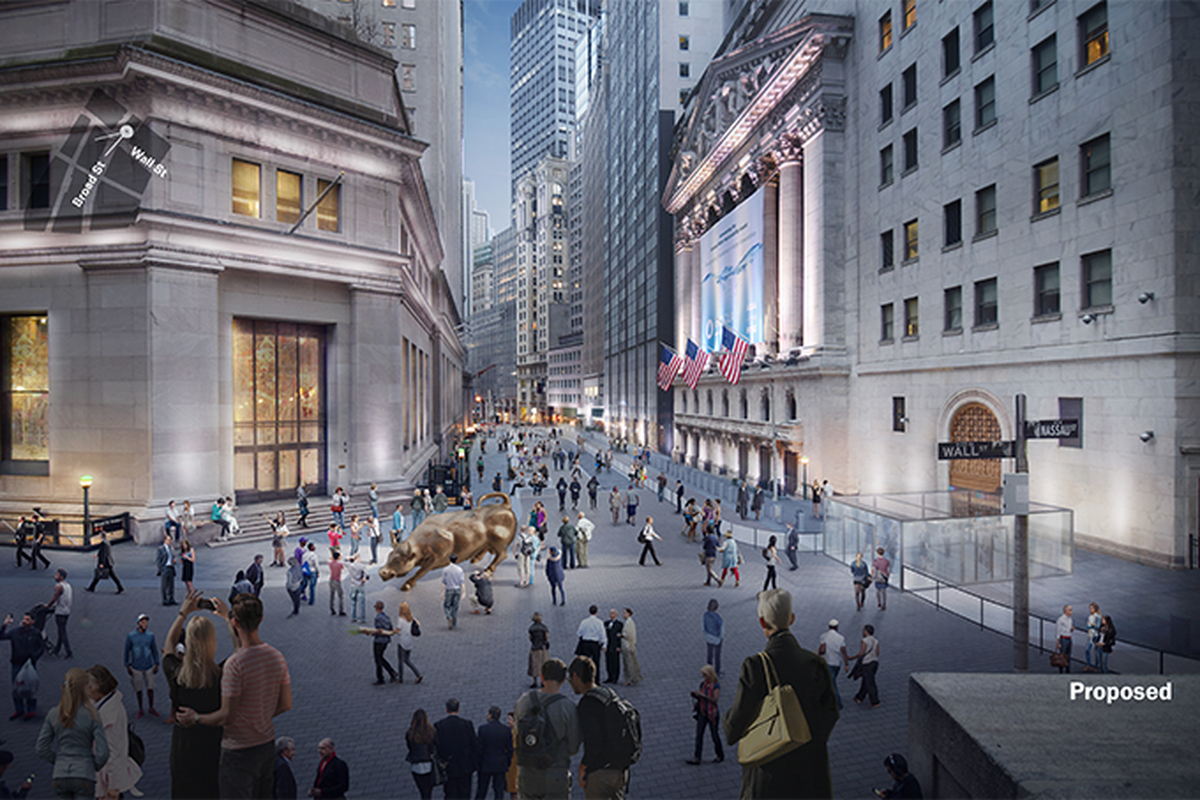“Overall the US stock market turned Bullish on last Friday, on the test as expected” –Paul Ebeling
The Wall of Worry: Wall of Worry is the financial markets’ periodic tendency to surmount a host of negative factors and keep ascending. It is generally used in connection with the stock markets, referring to their resilience when running into a temporary stumbling block, rather than a permanent impediment to a market advance.
Unlike Bear-market bottoms, which tend to be short and violent, Bull-market tops in the stock market occur gradually over time, as 1st 1 sector or investment style hits its peak and turns down, and then another.
That means investors should not manage their stock portfolios on the assumption there will be an exact day before which it would make sense to be 100% invested and afterward to be in cash.
Even if pinpoint stock-market timing were not extremely difficult, it still make sense to gradually build up cash as individual positions hit their targets aka prudence.
This Bull market in US shares is the longest in history, it began on 9 March 2009 precisely at 1p ET and has run nearly 9.5yrs
Since March 2009, the S&P 500, the US benchmark market index, has risen by 330%, a gainer few envisaged after the index plunged 57% from its peak in October 2007 during the global financial crisis.
On a total return basis, which includes dividends paid by companies, the index has returned 417%.
While US shares have seen the biggest gainers over the last 9.5yrs, the rally in stocks has been global.
German stocks have returned nearly 250% over the same frame and UK stocks have made just over 200%, according to MSCI indices. Chinese and Japanese stock markets have registered returns of nearly 200%.
QE means that world central banks pumping money directly into the financial system by way of bond purchases, has driven down the cost of financing. It has kept lenders lending and corporations spending. It has driven up the prices of many assets, from stock markets to houses to classic cars to digitals.
And, just as with the Bull market of the 1990s technology stocks have led the gainers. Facebook, Amazon, Netflix and Google, known as the FANGs, have been popular with investors. A $1,000 invested in the technology sector in March 2009 would now be worth nearly $6,400, not adjusted for inflation.
The worst performing sector was the basic resources, which includes Crude Oil producers and miners. The sector was deserted by the majority of investors during the height of the recession as demand for raw materials slumped along with global growth. An investment of $1,000 in March 2009 would now be worth nearly $2,000.
This yr millions of retail participants have entered the markets, thus taking the reins from Wall Street.
For traders in the Robinhood (HOOD) market who measure their success by how much they make on any given day may tip over 100yrs of market history.
For me that is comforting, as our bet on the longer-term bet is that this Bull market has legs.
Have a prosperous week, Keep the Faith!









